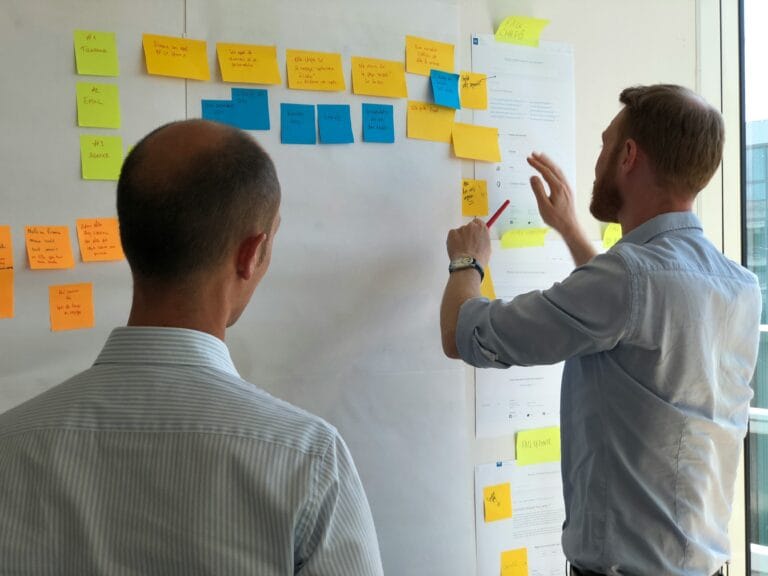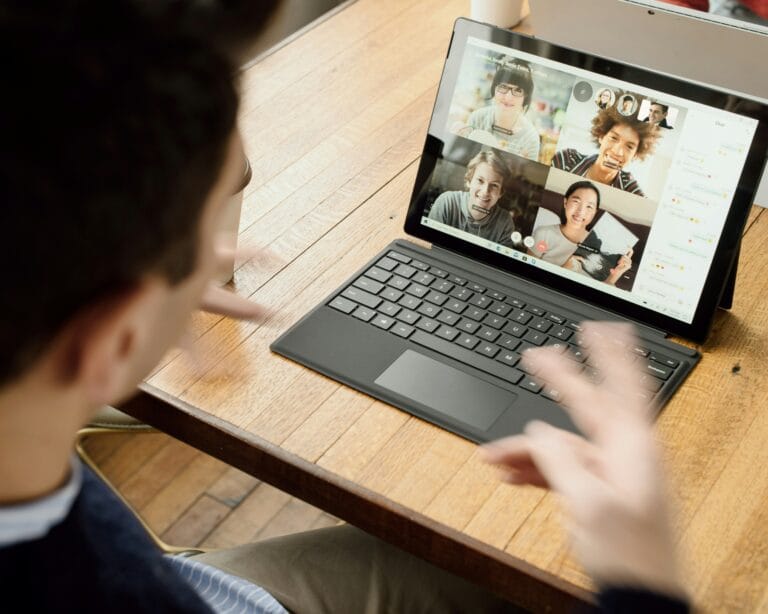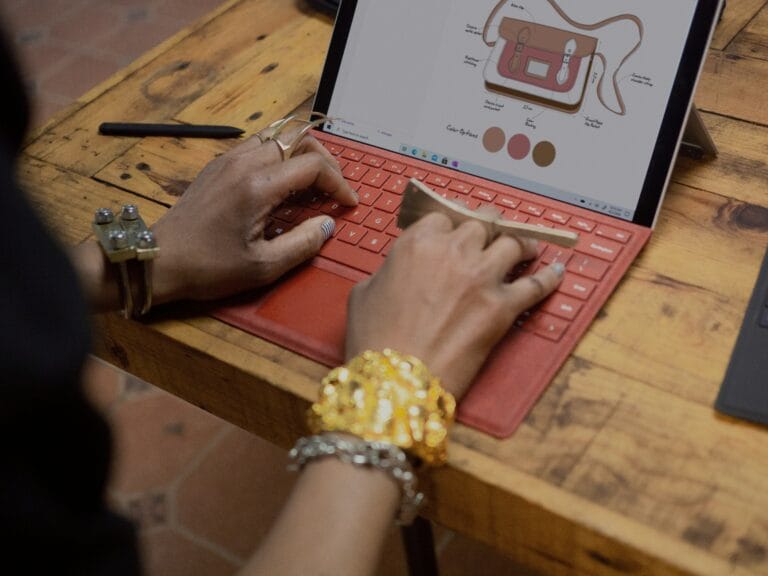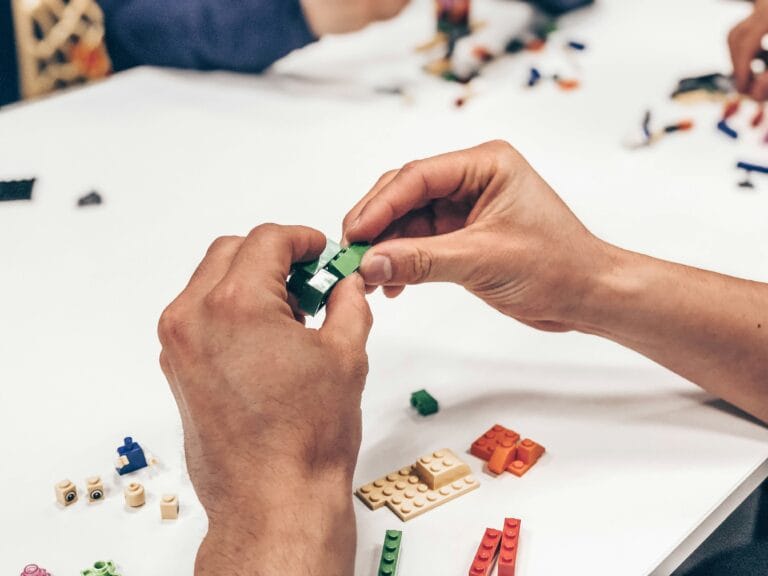Ever notice how hard it’s getting to actually wow shoppers online? Feels like everyone’s attention span is toast, right? Scroll, click, maybe a cart add, but there’s a good chance they vanish before checkout. It’s brutal. So here’s a curveball: what if your cart wasn’t just the end of the road, but the start of a little adventure for your customers?
Gamification isn’t just for fitness apps or classrooms anymore. Smart eCommerce brands are already using it to make the shopping experience addictive, in a good way. That might sound buzzwordy, but think about it. Imagine your customers unlocking rewards as they add more to their cart, or hitting a new “level” just before they check out. Suddenly, shopping isn’t just another chore. It’s interactive. It’s a challenge. And yep, it’s actually fun.
This isn’t just theory. From level-based cart rewards to instant, game-like bonuses that pop up right when someone’s about to bail, Gamification can turn routine checkouts into moments shoppers want to repeat. If you’re wondering how the pros are nudging up engagement, order values, and loyalty—without a huge tech overhaul—you’re in the right spot. Ready to see how this can fit your store?
Introduction to Gamification in eCommerce UX
Gamification’s been around the eCommerce world long enough now that it almost feels natural, yet when you look under the hood, it’s still one of the simplest ways to make shopping online actually feel fun. That’s really the point: when you bring in game-like elements, people aren’t just buying stuff, they’re playing, exploring, and (hopefully) grinning when they complete a challenge or spot a reward. You want shoppers to stick around, right? Give them something that feels rewarding, not just transactional.
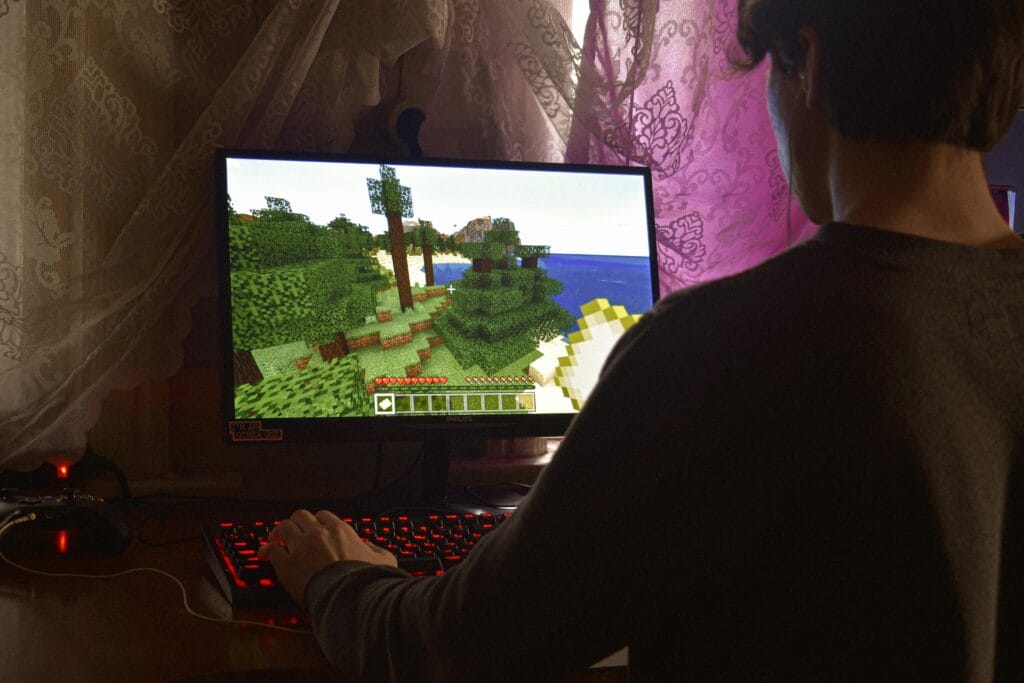
So, what does gamification really mean in this context? At its core, it’s all about adding game mechanics, think points, badges, levels, and quests, to the shopping experience. Suddenly, picking a new skin cream isn’t just about filtering serums and reading reviews. You might earn points when you drop a product in your cart, unlock a surprise after your fifth order, or get a shoutout on a leaderboard for referring friends. Simple stuff, but it flips the switch from boring utility to genuine engagement.
Why are more eCommerce brands leaning into this? First, because customers get the instant gratification they crave, whether that’s from seeing a progress bar tick closer to free shipping or spinning a virtual wheel for a discount. These little hits of dopamine ramp up your user experience and turn every interaction into something a little more memorable. Second, it boosts metrics across the board—higher engagement, stronger loyalty, and actual sales growth. It’s not just big brands getting in on the action, either; you’ll see smaller sites running quizzes, offering challenges, and building loyalty with rewards that make sense for their audience. And when you do it right, you’re not just making things flashier—you’re giving every click, swipe, or share a sense of purpose and payoff.
Gamification is about bringing back that spark of excitement, a reason to keep coming back beyond the transaction itself. It personalizes the path, making users feel seen and valued. The difference between a user leaving after minutes and a loyal customer? Sometimes it’s as minor as a streak to chase, a badge to earn, or a little surprise at checkout. We’ve seen firsthand at Blikket how playful cues can help stores grow into brands people remember, not just visit.
In short, you add game mechanics, you make shopping fun, and the results usually follow. And honestly, who doesn’t like to win, even if it’s just five percent off or an email saying hey, you made it to the next level?
The Impact of Gamification on Customer Engagement
Let’s get right to it: if you want customers to actually pay attention, stick around, and interact with your store, you can’t just hope your products will do all the work. People crave experiences, and that’s where gamification can give you a real edge. When you turn points, badges, or little progress trackers into part of your shop’s daily routine, customers start treating your site less like a one-stop checkout and more like something worth coming back to, maybe even worth bragging about to friends.
I’ve seen clients go from average engagement to “holy smokes, people are actually clicking everything” once they layer in even basic game elements. Think about this: 47% more engagement on average just by making interactions fun, rewarding, or at least more interesting than a boring add-to-cart button. Some brands even report up to a 700% boost in acquisitions once customers get hooked on a challenge or rewards ladder. That’s not a rounding error. That’s a game-changer for eCommerce businesses.
Metrics tell the real story. Here’s what tends to move up when you gamify:
- Time on site: People stay 30-40% longer, poking around to see what else they can unlock or complete.
- Return visits: Games and challenges pull people back in; some see a 50% bump in return traffic (think loyalty programs with points ladders or weekly contests).
- Conversions: When you add game layers to sign-up flows or checkout (like a spin-to-win discount), conversion rates can jump up to 7x compared to plain forms. I’ve watched stores double their email signups overnight with a “wheel of prizes” pop-up. It’s wild how fast people shift when there’s something to “win.”
- Loyalty and referrals: A bit of friendly competition, public leaderboards, or earning badges for inviting friends can turn regular customers into ambassadors. One brand saw a 22% lift in loyalty and 15% more brand awareness just by gamifying referrals and rewards.
What I love about these changes is that you’re not just chasing vanity stats. Progress bars and milestones push customers further down their journey. Points or prizes for reviews mean more social proof and higher conversion rates the next time someone lands on your site. Even simple things like achievement notifications or “You’ve hit level 2, here’s a secret deal” can nudge abandoned carts back to life.
Now, you might wonder: does this really work for non-flashy brands? Totally. Take a look at beauty, fitness, or fashion, loyalty programs in those spaces practically run on gamification. The reason? People enjoy working toward something, whether it’s a free latte or a top spot on the style leaderboard. At Blikket, we’ve worked with brands that doubled their customer interactions after adding mission-based rewards or interactive pop-ups. It’s all about giving shoppers a reason to come back, click again, and feel like they’re part of something a little bigger than just another sale.
So, if you’re measuring engagement by clicks, return customers, or even average order value, adding a little gamification is one of the simplest moves with the punchiest results. Start small if you have to. Even a basic spin-the-wheel or a visible rewards tracker can get users invested. And when users are invested, you’re not just boosting numbers, you’re actually building relationships that last with UX and CRO strategies.
Boosting Average Order Value through Gamified Shopping Carts
Want customers to spend more without making it feel forced? Gamified shopping carts are one of those tweaks that sound a bit gimmicky until you see the actual numbers. We’ve helped plenty of brands introduce small game mechanics right at checkout, and, honestly, the average order value (AOV) starts to climb almost instantly. Why? Because you’re turning checkout into a bit of a challenge or a mini celebration, something people actually want to take part in rather than just breeze through.
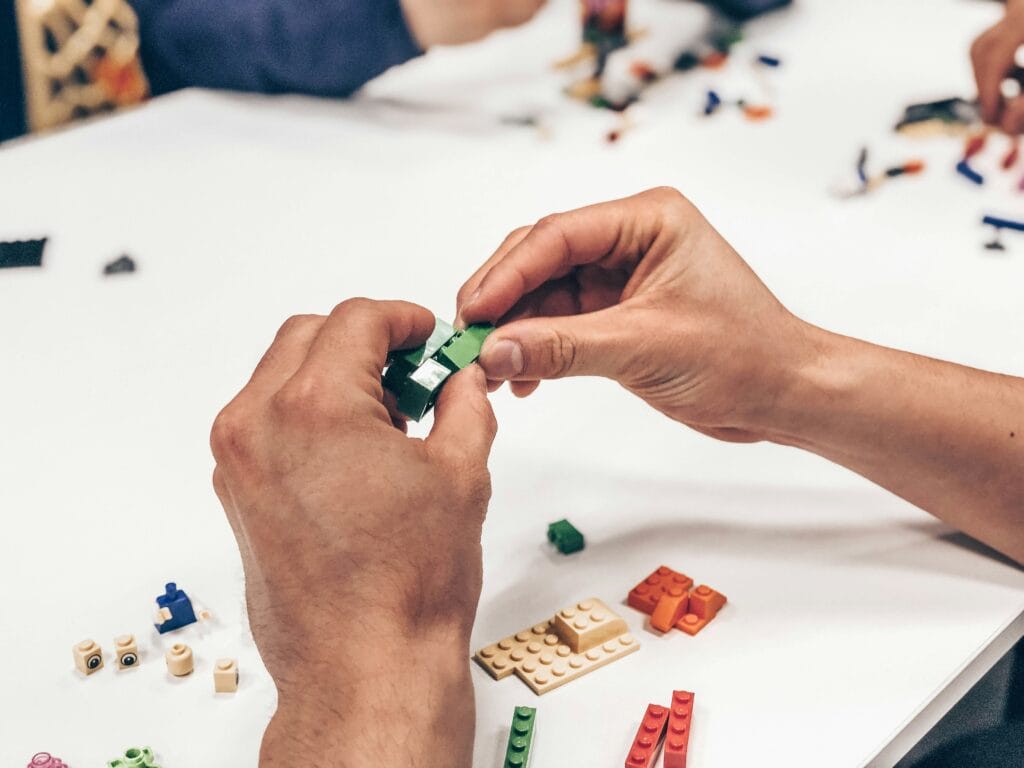
Picture this: as someone adds items to their cart, a progress bar nudges them toward “leveling up” for free shipping or unlocks a surprise discount if they hit a secret threshold. Suddenly, $38 in the cart turns into, “Hang on, if I add socks or a lip balm, I reach Gold status and get an extra ten percent off.” It’s part psychology; everyone loves completing a goal or unlocking a reward. It’s also just a bit of fun. Shopping carts with progress bars, pop-up confetti, or collectible points get people in that “might as well” mindset.
It’s more than theory. Let me give you some practical examples. Farfetch’s “Access” loyalty program is tier-based at its core, with the next set of perks always just a spend or two away. As shoppers move up from Bronze to Silver and beyond, they see exclusive discounts, priority access to products, and even fashion concierge services open up. Customers who engage with this system consistently spend more because each purchase feels like a little step toward the next level, like when you’re two orders away from Platinum and those perks actually seem within reach.
Another favorite is the Flipkart Plus model out of India, which doles out “SuperCoins” for every purchase. Instead of just tacking on points after the fact, it turns every cart into a chance to earn and immediately redeem coins for cleaner rewards, like free shipping or festival-event access. Shoppers who jump into this system end up spending 5 times more, and AOV shoots up, simply because there’s a reason to keep filling the cart and see what lands in your bonus stash at checkout.
Even outside of loyalty programs, adding mini-games or level-based shopping perks right in the cart can make a difference. We’ve rolled out similar strategies with Blikket clients; think “add more for a mystery gift” or “get a badge when you try a new category.” The result? People almost always toss in that extra item to get the reward, and over time, they remember the store for something more than just quick transactions. For us, it’s about layering gamification so the rewards feel earned, milestones feel real, and every checkout gives the shopper a reason to say yes to one more thing.
Gamified carts aren’t only for big international players. With a little creativity, smaller shops can offer scratch cards at checkout, show “order streaks,” or let shoppers pick between bonus perks when they cross a subtotal line. It’s less about pressure, more about nudging, turning every checkout into a milestone and every order into a mini win. That’s how you get AOV up, keep folks happy, and quietly teach them to come back for more.
Fostering Customer Loyalty with Gamified Rewards
If you want customers to stick around, you’ve got to make them feel like every visit is its own mini victory. That’s what makes gamified rewards such a game-changer for building loyalty. When you add game mechanics, think point systems, achievements, or interactive challenges, to your loyalty program, your store suddenly becomes a place where customers don’t just shop, they play, progress, and win. It’s no longer about “buy three, get one free.” Instead, it’s: “You’ve just hit Bronze. Only two purchases until Silver, where your next perk unlocks.” That little push keeps people curious and coming back for one more round.

Let’s talk reward structures. There’s the classic points system, easy for anyone to grasp. Every dollar spent, review written, or friend referred adds a few points to your balance. Hit a certain amount, and you can grab a reward. It’s simple, direct, and oddly satisfying. Then you’ve got tiers or levels. This is where the fun multiplies. As shoppers move from Bronze up to Silver, Gold, maybe even something swanky like ‘VIP Platinum,’ they unlock better perks at every stage, early sale access, free shipping, or members-only drops. It doesn’t even have to be about discounts; exclusivity is its own reward.
Progress bars are absolute magic. If you’ve ever watched that meter fill up as you get closer to a freebie or the next level, you know what I mean: suddenly you’re reaching for that extra add-on just to cross the line. It plays to our need for completion and makes every action (purchase, review, share) feel meaningful.
Don’t forget things like digital punch cards, spin-to-win wheels, or surprise quests that unlock bonus points for streaks or timely actions. Customers get hit with those little bursts of dopamine every time they engage. It’s not just about the reward at the end, it’s the journey, the sense that every visit to your shop is part of a bigger game. That’s how you get someone who used to drop in once a season to keep coming back every month, just to see what’s new or to keep their “streak” alive.
Across industries, brands are doubling down on gamification because it works. Adidas’ “adiClub” lets people earn points from running, reviews, and purchases, offering exclusive experiences beyond the usual rewards. KFC’s “Rewards Arcade” throws instant-win games into the mix and sees customers log more frequent visits and even refer friends for a shot at prizes. Even old-school punch cards have gone digital, making it easy to run streak-based or tiered programs without the hassle (and people love seeing their stats).
Gamified rewards do more than just boost engagement and repeat business; they make your brand memorable. They’re what get customers talking, sharing achievements on socials, and sticking with you, even when there’s a cheaper option a click away. If you’re looking for a way to turn loyalty from something passive into an active, fun relationship, this is where to start. Create a loyalty system that feels a bit like a game, and you’ll build a customer base that wants to play, and stay, for the long run.
Practical Steps to Integrate Gamification in eCommerce
Ready to actually get gamification running in your eCommerce shop? It’s easier than you think, and you don’t have to toss everything out and start from scratch. The trick is to roll it out bit by bit, choose the game mechanics that make sense for your brand, and make them feel natural in the customer journey. Let’s break down a step-by-step approach that helps you avoid overwhelm, frustration, and (worst of all) a gimmicky vibe that scares customers off instead of pulling them in.

Step 1: Define Your “Why” and Pick a Goal
Don’t jump into gamification just because it’s the latest trend. I always tell clients: start with a real business goal. Are you chasing more repeat purchases, trying to nudge bigger carts, collecting more reviews, or just want customers to hang out longer? Getting specific here saves you from adding wild features that nobody needs or loves. Be clear on what a win looks like, maybe it’s 500 new loyalty signups or a 10% bump in average order value over a month.
Step 2: Know Who’s Playing, Your Customers
You’ve probably got more customer data than you think, so use it. Take a peek at who’s buying, what they love, when they bounce, and what gets them talking. Segment your audience if you can, first-timers might love a welcome badge just for signing up, while your regulars might go for tiered rewards and secret perks. Pull in customer feedback or reviews if you have them; it’s the quickest way to find out what gets your crowd excited.
Step 3: Choose Your Game Mechanics (Don’t Go Overboard)
- Points & Rewards: Offer them for purchases, reviews, and referrals. Let folks redeem these for discounts or special products. Simple but powerful, see Starbucks or Sephora for inspiration.
- Tier Programs: Ramp up excitement by letting customers “level up” to unlock fancier perks. Think early access, VIP sales, or even just free shipping at a new tier.
- Progress Bars & Badges: Show off their status, how close are they to free shipping, or to their next reward? Visual, concrete, and triggers all the right completion instincts.
- Challenges & Quizzes: Sprinkle in product quizzes, missions (“buy from three categories for a bonus”), or seasonal scavenger hunts. Prizes don’t always need to be big, exclusive content or a badge works.
- Competitions & Leaderboards: Let people see where they stand, top referrers, most engaged reviewers, or who’s hit the most streaks this month. Just keep leaderboards friendly, especially if your audience isn’t super competitive by nature.
- Interactive Widgets: Think spin-to-win pop-ups, mystery box rewards at checkout, or timed challenges during big sales.
Aim for two or three core elements starting out. Too many, and you’ll just confuse people; simple always wins.
Step 4: Weave Gamification into the Customer Journey
Drop your chosen game mechanics in places where they naturally fit. Welcome pop-ups work for first-time buyers. Progress bars shine at checkout or in customer accounts. Loyalty dashboards help regulars track rewards in real time. The key is to keep everything visible, accessible, and very, very easy to understand. Avoid cramming game elements in just for show; every addition should help your customer feel like the journey is worth taking.
Step 5: Track, Tweak, and Celebrate Wins
Gamification isn’t a “set it and forget it” play. Keep a close eye on participation metrics. Are people actually redeeming points, finishing challenges, or moving up tiers? If not, try changing up rewards, simplifying the rules, or even highlighting winners in your emails or social feeds. Regularly ask for feedback (people love to tell you what would make things more fun or worthwhile) and be ready to tweak your approach when necessary.
And don’t forget: sometimes the most successful gamification programs start shockingly small. Maybe you build out a wheel-of-prizes popup or add a punch card system for a single product line. That’s how you learn what really gets your shoppers coming back. The team at Blikket has helped brands layer these mechanics in one move at a time, starting with what makes sense for their customers, not what looks good on a gamification checklist.
Keep it playful, make it rewarding, and never leave people guessing about how to win. When customers know exactly what to do and what’s waiting for them, they’ll lean in, sometimes even surprising you with just how much they want to play. That’s when gamification doesn’t just boost engagement, but quietly rewires your whole customer relationship for the better. Who knew growth could be this fun?
Conclusion: The Future of eCommerce with Gamification
Let’s be honest, if you’ve made it this far, you probably don’t need any more convincing, gamification just works. It turns shopping from a checklist into an experience, and let’s face it, people stick around for experiences. The reason folks are adding points, spinning wheels, and layered rewards to their eCommerce sites is pretty simple: you get happier, more loyal customers and stronger sales. Instead of shoppers zoning out (or worse, bouncing), they play, they compete a little, maybe even share their bragging rights with friends. Suddenly, every little interaction, dropping something in a cart, writing a review, or chasing the next rewards tier, feels meaningful. The numbers back it up, too; brands using gamification tend to see a big bump in engagement, repeat purchases, and even average order value. Not just a boring old loyalty program, but something shoppers remember. But the wild thing? We’re really just scratching the surface. This isn’t a trend that’s cooling off. If anything, it’s about to get weirder, richer, and a whole lot smarter.
Personalization is already getting a serious upgrade, with rewards and challenges that match each person’s shopping habits or favorite brands. Picture AI-driven offers that know if you’re close to a free shipping threshold, push notifications nudging you to grab a flash deal, or even a pop-up congratulating you on “leveling up” in real time. It’s not just about keeping score anymore, but making loyalty genuinely fun. Shoppers aren’t passive; they’re active participants on their own “quest” with your brand.
Expect to see more competition-based features, like leaderboards and team challenges. Maybe your customers are earning badges as a group for hitting milestones, or taking part in timed scavenger hunts that reward discovery and sharing. Social and community mechanics are getting baked right in, fueling that friendly “keep up with the Joneses” urge, or just letting folks show off their savings.
Don’t forget the tech side. Augmented reality isn’t sci-fi anymore. Imagine unlocking deals by finding virtual products scattered through your living room, or using AR to try on sneakers and unlocking bonus points for sharing your look. It’s not just for the big brands either; there are more tools and integrations now than ever, so small shops can play too. Mobile is at the heart of all this. If your rewards program or gamified cart doesn’t feel at home on a phone, shoppers are just going to swipe away.
Gamification is also going green, with “eco-badges” and sustainable shopping rewards nudging people to make better choices, because that feels good too, right? Long story short, the future of eCommerce belongs to brands that nail this mix of fun, reward, and personalization. If you keep things playful and keep listening to what actually excites your audience, you won’t just see better KPIs, you’ll build a brand people talk about (and return to). Ready to make your shop a little more addictive, in the best way?
What This Means for Your Store
If you’ve ever wished your shoppers would stay a little longer, come back more often, or just get more excited at checkout, Gamification is your secret weapon. It isn’t about adding bells and whistles, it’s about making the whole shopping trip feel like something people actually want to finish. Give them progress bars, throw in a surprise reward, or invite them to “level up” as they go. Suddenly, you’re not just selling, you’re building an experience they’ll talk about.
- Start simple: pick one game-like feature that fits your shop, whether it’s a points system or a tiered reward in the cart.
- Watch how your customers react, survey them, look at your numbers, and don’t be afraid to tweak things.
- Keep it light and fun, not pushy. Gamification should feel like a bonus, not a requirement.
So, what’s the first game-like element you’d try in your own cart? Or, if you’ve already dabbled in Gamification, what surprised you most about your customers’ reactions? Let’s trade some stories. What could make your next checkout a little more fun?



